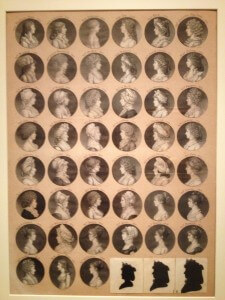Tuesday, 2/12/2013, was, amazingly, a holiday at my place of employ. I took advantage of everyone else having a normal work day and went off to NYC’s Garment District. I have two motives when I visit that west side community, sandwiched between Penn Station and Times Square:
- I’m urgently looking for something specific for a sewing project that is going on RIGHT NOW!
- I’m trolling for possibilities. What do I think of this fabric for an 18th century handkerchief? Is the check quite right for an apron? How is the weight of this striped linen for a gown?
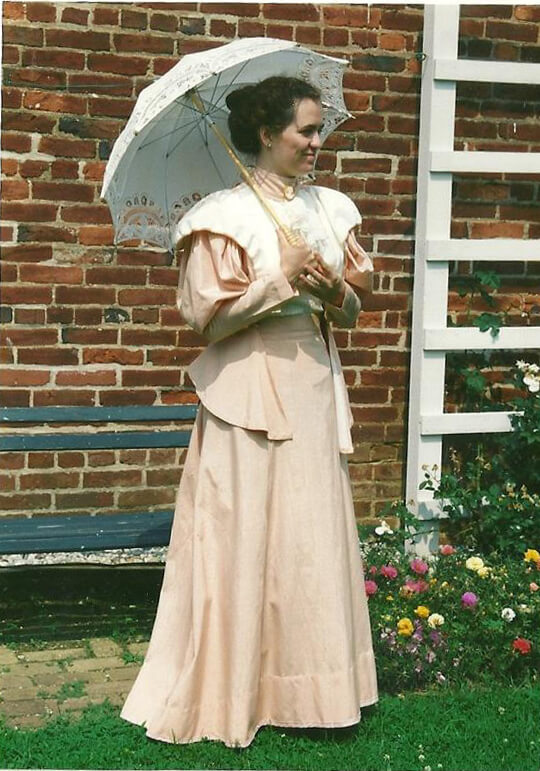
I made this 1894 outfit in college as part of my Stage Costuming class. It’s unfortunately made of synthetics (and horror, a Batenburg lace parasol! and the color I wouldn’t choose again…and…). 1995.
Usually, it’s a little bit of both. I benefit from my spare style of Manhattan living because I can tromp off to the Garment District at the drop of a hat. I know this is an opportunity almost exclusive to New Yorkers on the North American continent. High-end retailers and bolt-end discounters smash together in the early 20th century commercial buildings, their gated elevators smelling of grease. The area is a little bit porn, a little bit discount electronics, and a whole lot of fabric business, with rolling racks of ready-to-wear pushing by you on the sidewalks. It is an industry that used to be present in many more cities. I started making historic repro dress when I was 13, finding a reasonable facsimile of a roller printed cotton in blue and white for an 1836 Past Patterns Gown. I lucked out in my fabric choice for that, but as a teenager, I chose lots of wrong fabrics with which to create historic dress. In my town, good fabrics weren’t available (and my parents did put the kibosh on too much fabric spending). I ended up choosing black cotton for a bustle ensemble because something more appropriate wasn’t available at Jo-An’s. The department store fabric department, which I remember visiting at Hutzler’s and Leggett’s when I was a kid, had long gone the way of the dodo. Before the Internet, most of America had turned into a textile wasteland.
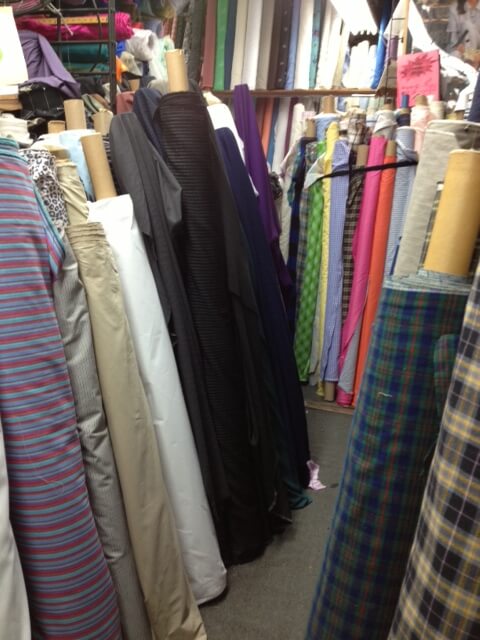
RL Fifield 2013.
I love the various concerns on 39th street bewteen 7th and 8th. I can always find something, be it unbleached linen, a soft spun cotton approximating 18th century lower grade cotton fabric, kid leather, or $10/yd black silk taffeta. I walk among the bolts, reaching for the free end, feeling the fiber of dozens of fabrics as I walk down the aisle. Is there poly in this? How would it drape? The greater the fire hazard, the greater the find. I’ve found great service and fabrics in Amin, Fabrics For Less (which has been having an everything must go sale for the last 5 years), Gray Lines Linen Corp), and G&R. The negotiations are much the same, “It’s $10, buy 5 yards and I’ll give it to you for $8.” “For you, $20.” The only guys I don’t like are Ayazmoon. If you are a lady shopping there, you get a real runaround. “Anything for you sweetheart.” “How much is this?” I ask. “Whatever you want it to be, name a price.” It can take 15 minutes to get a price out of them, and I shop too fast for that. Too bad, as they have nice sari fabrics and a beautiful array of silk taffetas.
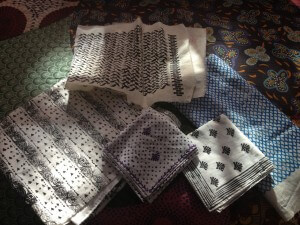







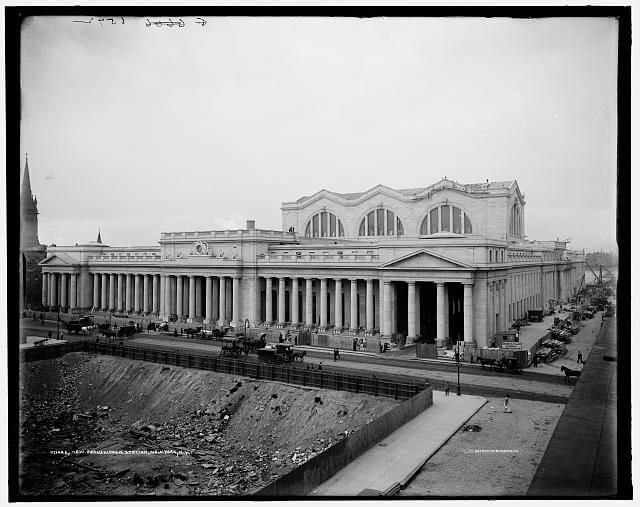
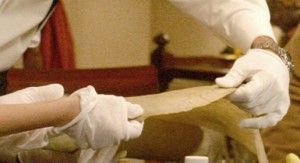

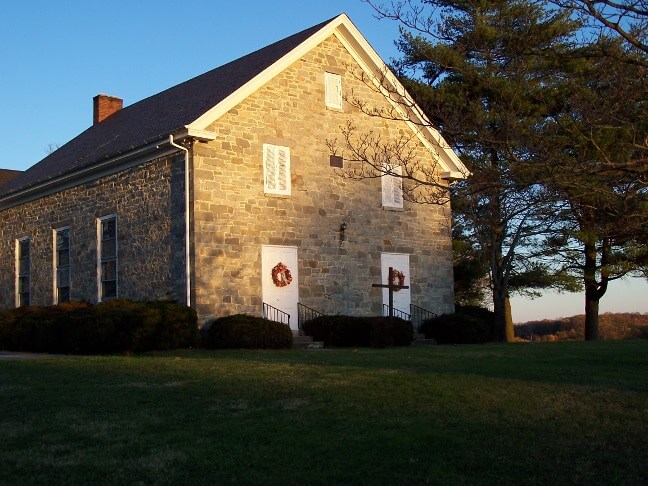
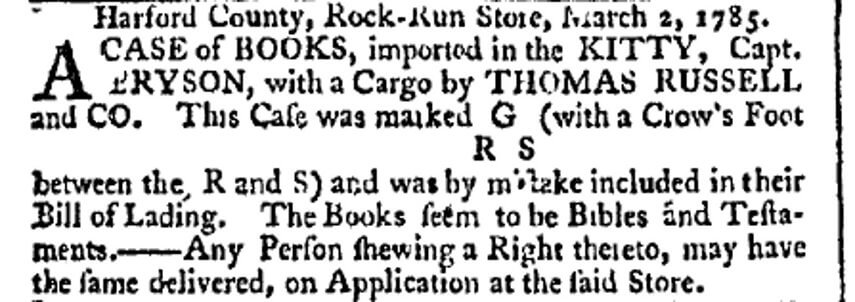
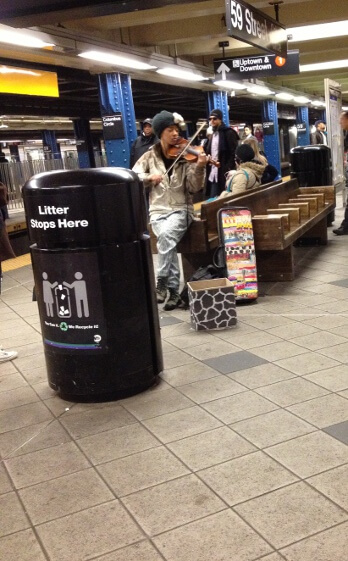



 A Treatise on Gardening was published in Richmond, VA in 1793. I imagine northern neighbors would have to rely on dried goods all the longer. Here are gardening tasks for the month of February:
A Treatise on Gardening was published in Richmond, VA in 1793. I imagine northern neighbors would have to rely on dried goods all the longer. Here are gardening tasks for the month of February: